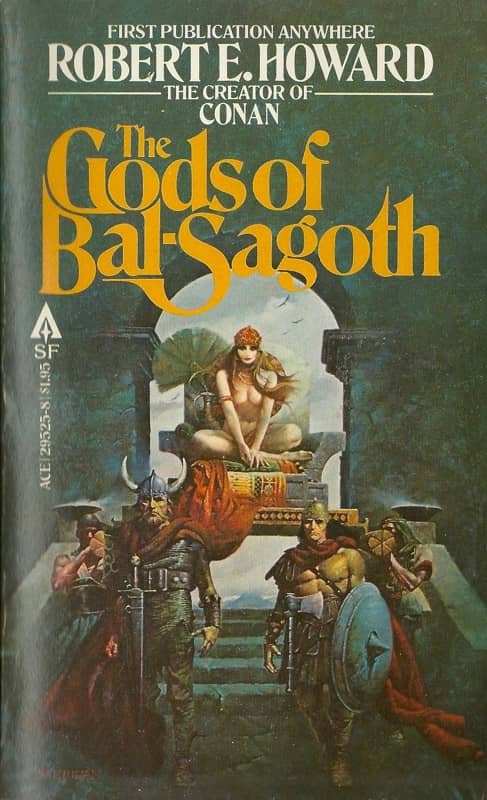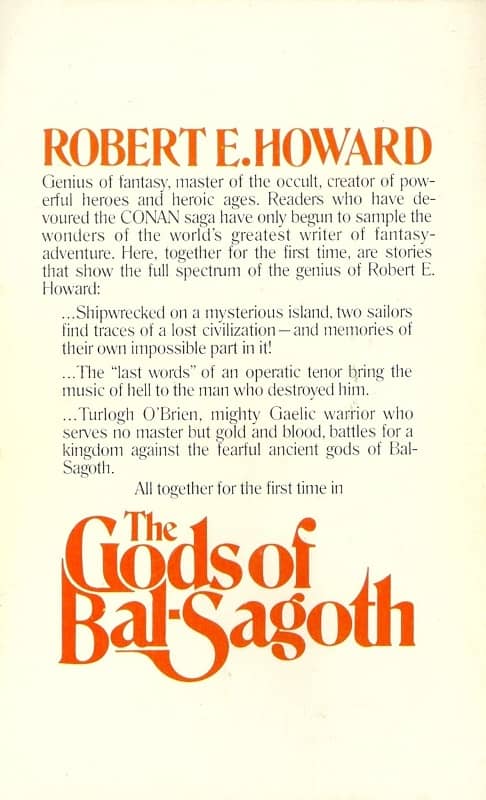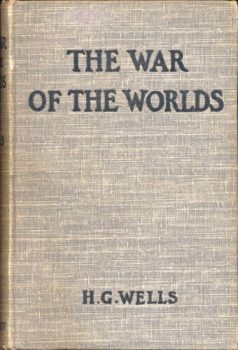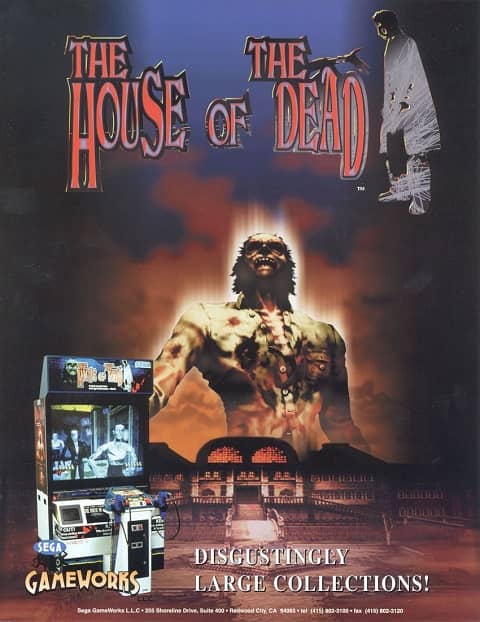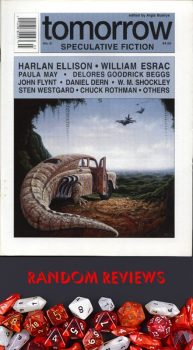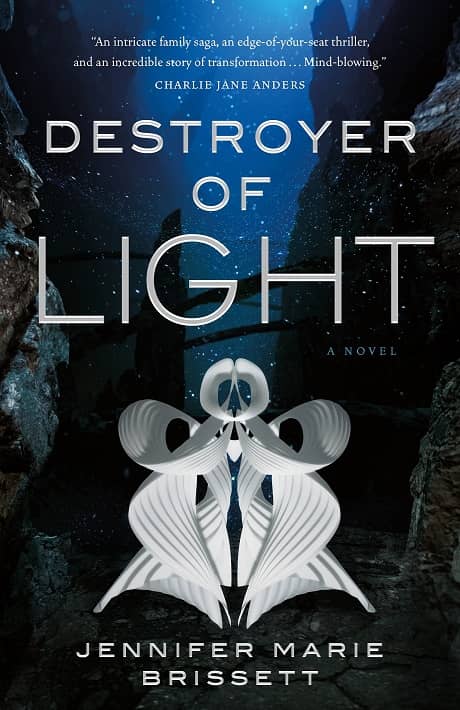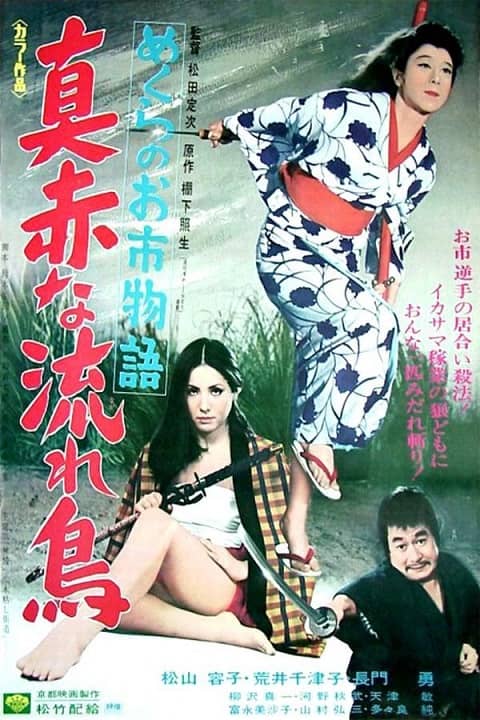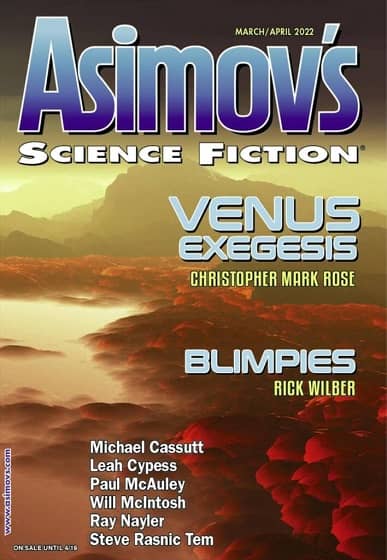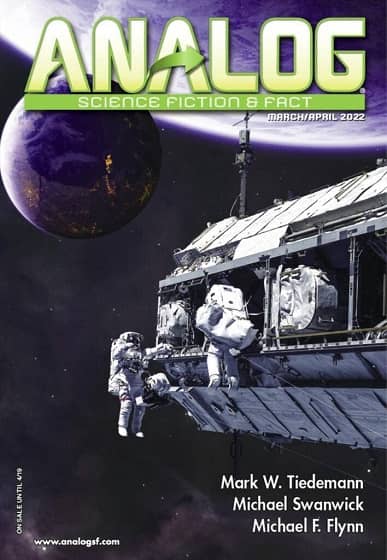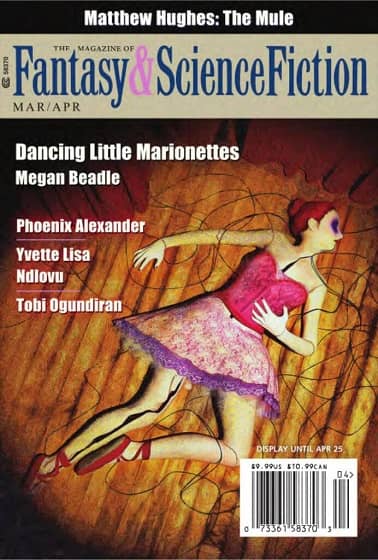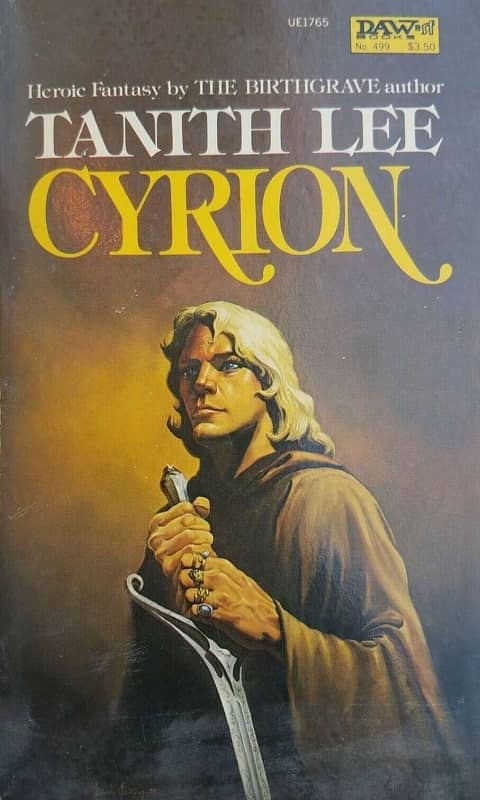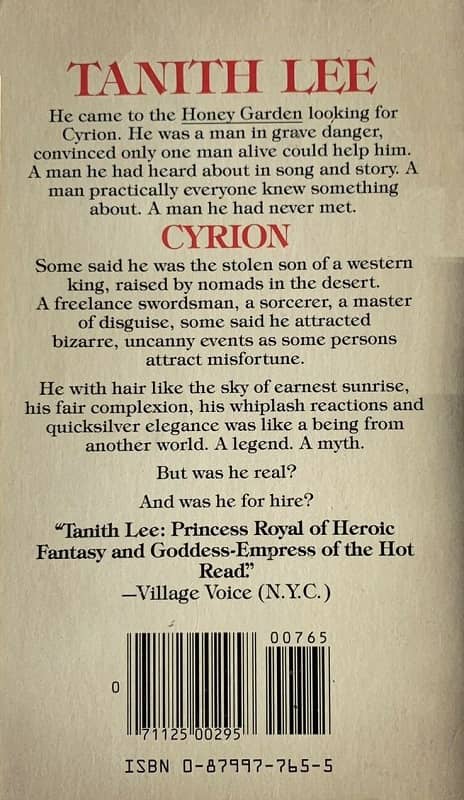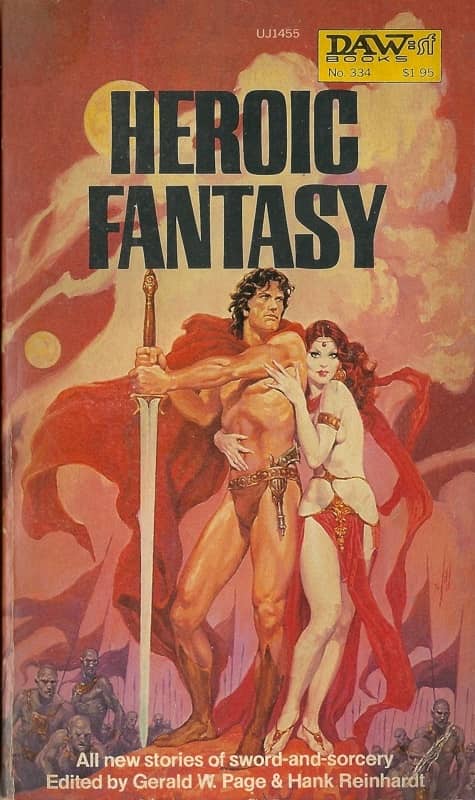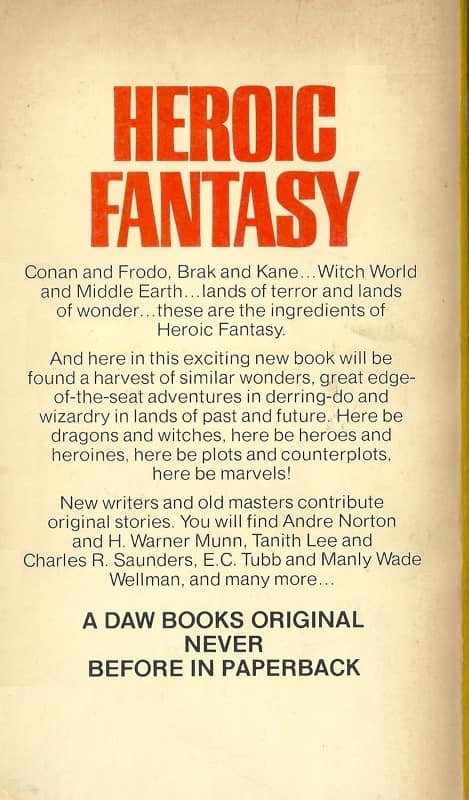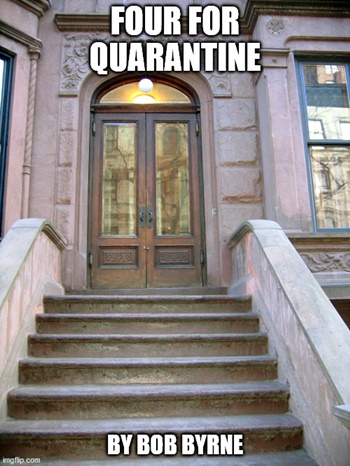 So, in 2020, as the Pandemic settled in like an unwanted relative who just came for a week and is still tying up the bathroom, I did a series of posts for the FB Page of the Nero Wolfe fan club, The Wolfe Pack. I speculated on what Stay at Home would be like for Archie, living in the Brownstone with Nero Wolfe, Fritz Brenner, and Theodore Horstmann. I have already re-posted days one through thirty-nine. Here are days fifty (May 10) and fifty-two (May 12). It helps if you read the series in order, so I’ve included links to the earlier entries.
So, in 2020, as the Pandemic settled in like an unwanted relative who just came for a week and is still tying up the bathroom, I did a series of posts for the FB Page of the Nero Wolfe fan club, The Wolfe Pack. I speculated on what Stay at Home would be like for Archie, living in the Brownstone with Nero Wolfe, Fritz Brenner, and Theodore Horstmann. I have already re-posted days one through thirty-nine. Here are days fifty (May 10) and fifty-two (May 12). It helps if you read the series in order, so I’ve included links to the earlier entries.
Day Fifty – 2020 Stay at Home
No surprise that it’s been quiet here in the brownstone. Getting out to investigate a crime at Lewis Hewitt’s place was a flurry of activity during the lock down. With so many cases of the virus still being discovered daily, I’ve resisted the urge to call Bascom for a new assignment. Though, I may soon.
At lunch, Wolfe talked about the recovery of the American economy from the Pandemic. Supply chains, consumer fears of infection, strained cash reserves of businesses, social distancing and other health guidelines; It will be a slow return towards normal. Fortunately for him, and also for my paycheck, he expects clients to return. He was suitably grumpy at the prospect, of course. Work remains something to only undertake when forced by circumstances.
But crimes continue. And there will be more crimes of the type clients bring to him, as activity ‘out in the world’ increases. Which will keep him in beer, books, food, and flowers. I may have to practice badgering him into taking on jobs. I’ve gotten out of the habit.
…
Read More Read More
